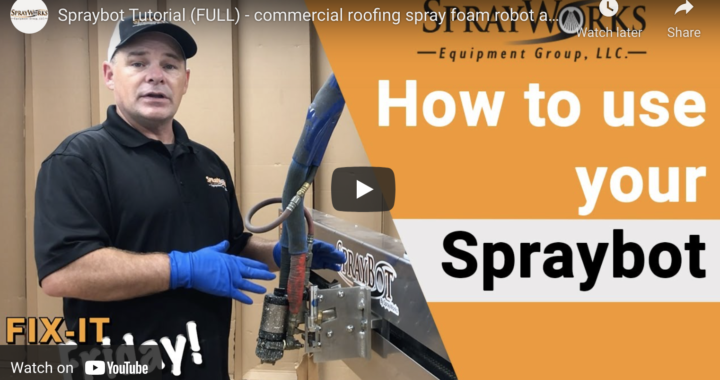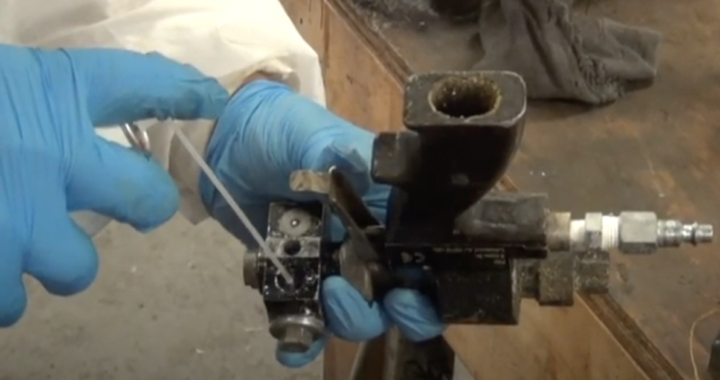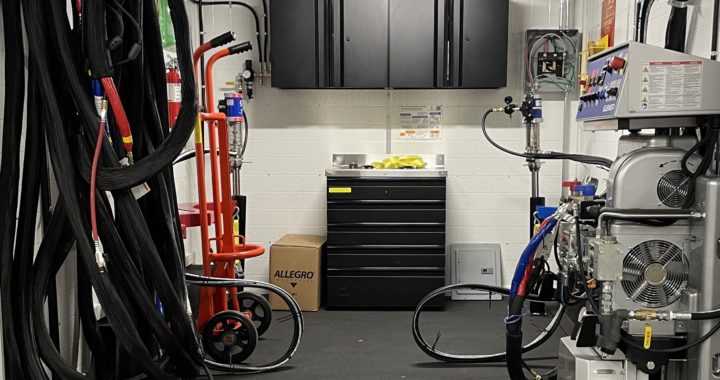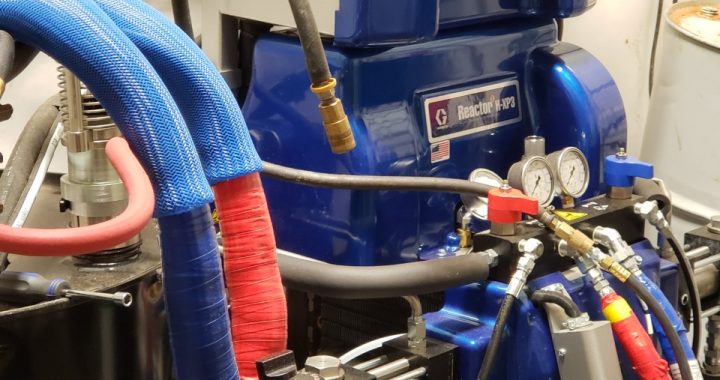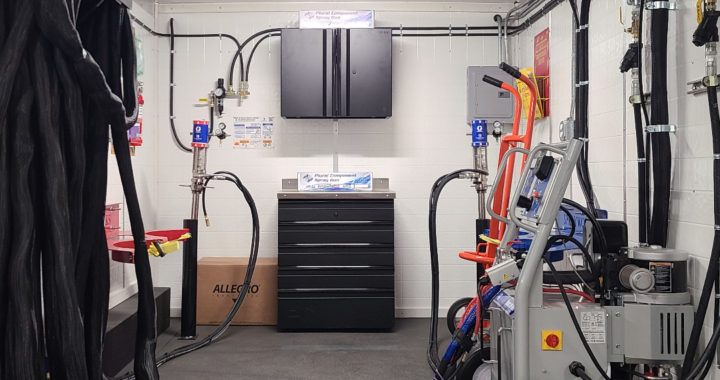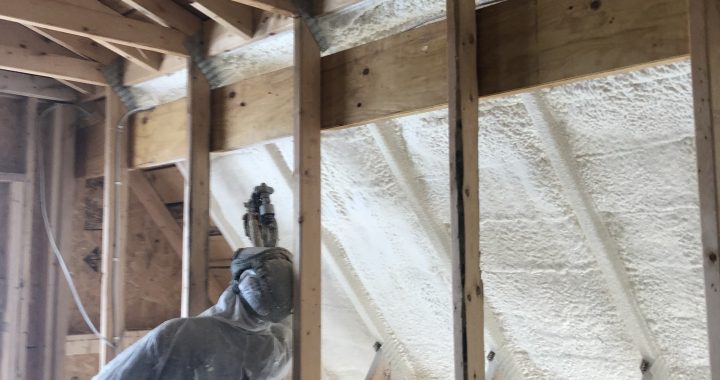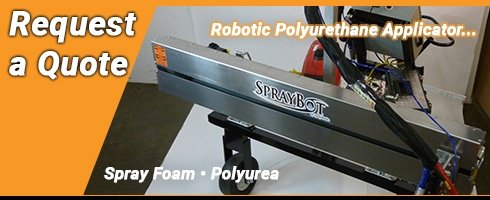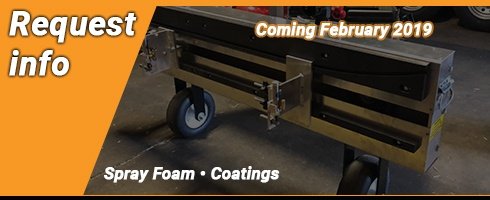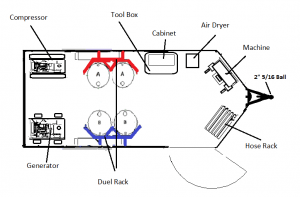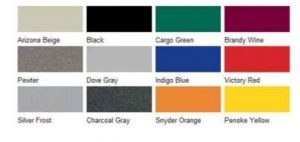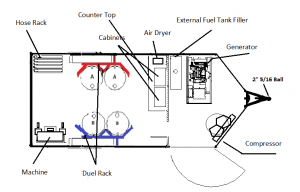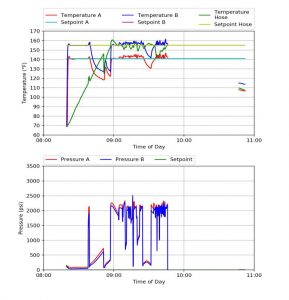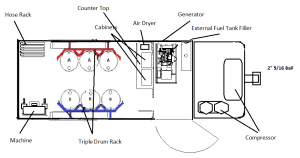If you own a spray foam business, you have likely invested in a rig. This gives you a central location for easily transporting all of your service equipment regardless of what your customer’s needs might be. However, it is just as likely that in your business operations you have encountered customers who need other services performed, ones you simply cannot help out with as you are missing the needed equipment which could be supplemented to your rig’s collective. If you just had a few more pieces of equipment, you could potentially offer multiple other commonly requested residential services, supplementing your business model’s array of services.
Continue readingAuthor Archive: John Davidson
How to Operate Your Spraybot Automated Spray Foam and Coatings Applicator
Spraybot Tutorial (FULL) – commercial roofing spray foam robot and polyurea applicator
Transcription Details
File type: Video to text
Time: 21:33 minutes
File Name: Spraybot Tutorial
Factor’s Impacting a Building’s Energy Consumption
How spray foam insulation prevents energy loss
There are many factors which determine how much energy a modern building is required to operate efficiently. In this article, we explore where energy loss is happening. We also explore how to prevent energy loss with spray foam by using foam insulation spray equipment.
Continue readingMinimize Wear on Parts when Cleaning your Spray Gun
Although small, parts to your equipment can add up in cost. Some part costs are nominal, where some that do not require as frequent replacement, tend to be a little more expensive.
Torching, picking, sanding, and wire brushing off the gun and related parts often does more damage than good. At best, it cleans the parts but accelerates service wear by abrasive cleaning. Below are suggestions when performing regular rebuilds and cleaning your spray gun.
Continue readingWhy you Need a Team That is Properly Trained
Benefits of a Properly Trained Team
The use of properly trained and competent applicators can significantly reduce downtime and maintenance/material costs on a job. Reductions such as these have been reported to us by contractors whose applicators have attended the SprayWorks applicator training programs. Even though their applicators attending the foam school were “non-productive” for a few days, these contractors felt the lost time was more than recovered through the increased efficiencies developed in the training program.
Continue readingWhat you Should Know Before Picking Up your Spray Foam Rig?
Inspect your Rig
Review your final quote and make sure everything you ordered is included. Don’t be afraid to ask questions to fully understand your rig. You should never leave with your rig confused or not ready to use it.
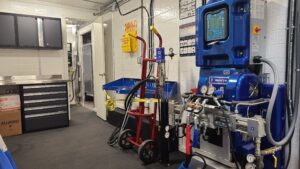
Inspect the interior of the rig to ensure you understand where everything is located. Each rig is built slightly different with parts and equipment in different locations. Before you walk out the door, ask your sale rep to take you through the rig and show you where everything is located. Even if you’ve had proper training, it’s still a good idea to become familiar with your rig.
Continue readingTroubleshooting Graco Reactor and PMC Proportioner Machines
Effective troubleshooting requires several elements that can be developed. The single most important requirement, without a doubt, is to have an understanding of the function of each component, its importance, and how it functions – and all of these steps should be learned in a basic training. Once these basic functions are understood, the rest becomes a simple matter of applying logic or “common sense”. Here are some basic issues that typically occur on common Graco and PMC machines and how to correct them.
Continue readingServicing a Plural Component Spray Foam, Urethane, Epoxy or Polyurea Rig
Your spray rig will always be your biggest investment. Maintaining your rig should always be a high priority in your daily, weekly and monthly maintenance. Servicing your spray rig varies slightly depending on the type of material you are using, however in this article we review the basic steps required in regularly maintaining your spray rig.
Continue readingQuestions to Ask When Building a Spray Foam Rig
A Spray Foam Rig is a large investment, likely the biggest investment you will make for your spray foam business. Finding the right spray foam rigs for sale that fulfill your insulating business needs can be a daunting task. There are a number of choices to make, when building your rig. Here, we make this step a bit easier by narrowing down the most important aspects of a spray foam insulation rig.
Continue readingHow to Reduce Pocketing in Studs
Preventing pocketing is an important step in properly applying spray foam. Study the material manufacturer’s manual and take the proper steps to prepare your area before spraying foam. If the proper steps are taken for preparation, you will save time from preventing issues from occurring.
For the best application, first reference the material manufacturer’s manual. Do not exceed the total thickness acceptable in a single pass and allow the material to cure in between passes (typically about 10-15 minutes). Follow these steps to eliminate pocketing on your project.
Continue reading
